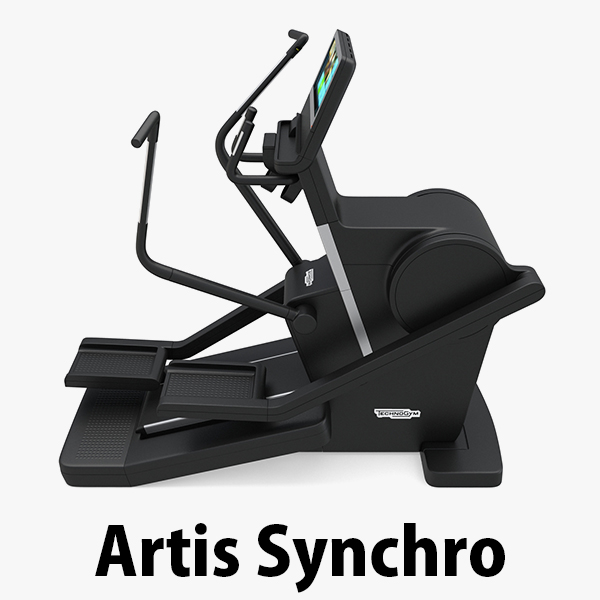As your aperture will get smaller and smaller, your exposure will develop darker and darker, and your depth of subject will enhance. (Remember, too, that you can expose the photo again to regular by using an extended shutter speed.) The extra photographs you are taking, the less you’ll have to think about these effects. To be specific, small apertures (like f/11 or f/16) give you a big depth of field.
One of the most typical errors, when you’re starting to shoot in guide mode, is to attempt to learn the setting that you need to use in each scenario by heart. However, the fact is that any time you modify the scene or Eksposure Kamera regulate a brand new setting, you’ll have to check the histogram of your check pictures in order to regulate the exposure setting accurately by trial and error. Once you be okay with the camera’s colour settings, transfer on to picture enhancement. The settings on this space embrace brightness, contrast, luminance, gamma, and sharpness. Contrast and luminance are a bit just like the aperture and shutter velocity except the modifications aren’t being made to the exposure, but a digital reproduction being output by the camera. You can use the distinction adjustment to add dimension to your video.
All three values affecting the exposure are interconnected, so within the strategy of picture capturing, they cannot be analyzed separately. In photography, it just isn’t uncommon to regard to best publicity as a triangle with equal sides. When you change any of the three values, the symmetry is broken, and to revive it, you want to change both one of the remaining settings or each without delay. High ISO setting negatively impacts the standard of the image, since with rising sensitivity, digital noise will increase all through the sphere of the body. The picture is as if lined with colored dots, the variety of which will increase with rising sensitivity. If we exclude additional components which will affect the picture, the publicity can be described as brightness.
You might have the option of a dial, a button on your digital camera, or you might have to do it in-camera. Discuss this and different articles in our digital pictures forums. The above f-stop numbers are all normal choices in any camera, though most additionally allow finer changes of 1/2 or 1/3 stops, similar to f/3.2 and f/6.3. For instance, a compact digicam might have an available range of f/2.eight to f/8.zero, whereas a digital SLR digicam might have a spread of f/1.four to f/32 with a portrait lens. A slim aperture range usually is not a big downside, however a greater vary does present for extra artistic flexibility. The next few sections will describe how every setting is specified, what it looks like, and how a given digital camera exposure mode impacts their mixture.